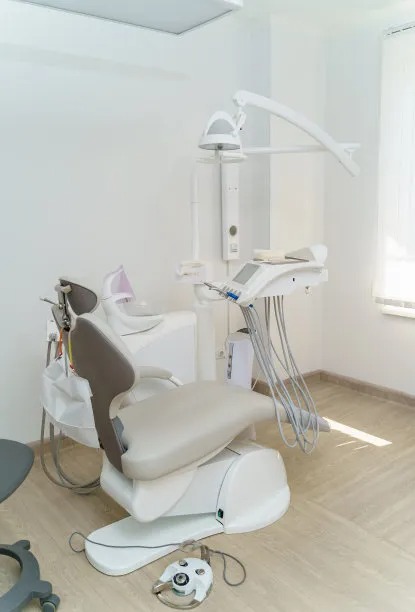Understanding the Process and Importance of Extracting a Tooth for Dental Health and Treatment Options
Summary: This article discusses the process and significance of tooth extraction in maintaining dental health. It highlights the reasons for tooth removal, the methods involved in the extraction, the post-extraction care necessary for recovery, and the various treatment options available afterwards. Understanding these aspects is vital for anyone facing dental issues, as they can significantly influence overall oral health and well-being. The article aims to provide an informative guide for individuals considering tooth extraction, emphasizing its importance and potential impact on future dental care.
1. Reasons for Tooth Extraction and Its Necessity

Tooth extraction may seem daunting, but there are several reasons why it might be necessary. The most common reason is severe tooth decay that compromises the overall health of the tooth, making it impossible to repair with fillings or crowns. In such cases, removing the tooth can prevent further complications, including infections that could spread to other teeth or parts of the body.
Another common reason for extraction is gum disease, which involves the infection and inflammation of the gums around the teeth. When gum disease advances to a point where teeth become loose, removal may be the best option to restore oral health. Additionally, overcrowded teeth can necessitate extraction as a preparatory step for orthodontic treatments such as braces.
Lastly, wisdom teeth often require removal due to the lack of sufficient space in the mouth, leading to potential pain and misalignment. Knowing the reasons for tooth extraction can help individuals make informed decisions regarding their dental health.
2. The Tooth Extraction Process Explained
The extraction process begins with a thorough evaluation by a dentist, which may include X-rays to visualize the tooths position and the surrounding bone. Understanding the structure of the tooth and its roots aids the dentist in planning the procedure effectively. Prior to the extraction, local anesthesia is administered to ensure that the patient experiences minimal discomfort.
Once the area is numbed, the dentist uses specific instruments to loosen the tooth from its socket. For teeth with deeply embedded roots, surgical extraction may be necessary. This involves making incisions in the gum tissue to release the tooth more effectively. The entire process is skillfully managed to minimize trauma to the surrounding tissue, prioritizing the patients comfort and safety.
After extraction, the dentist will provide post-operative instructions and may prescribe medication to manage pain and prevent infection. Collaborating with a dental professional can ensure that the extraction process goes smoothly, providing reassurance to patients who may feel anxious about the procedure.
3. Post-Extraction Care and Recovery Essentials
Proper post-extraction care is crucial for ensuring a speedy recovery and preventing complications. Patients are advised to avoid sucking motions, such as using straws or spitting, as these actions can dislodge the blood clot that forms in the extraction site. Maintaining the clot is vital because it aids in healing and protects the bone underneath.
It is also important to manage pain effectively. Over-the-counter pain medications can help alleviate discomfort, while ice packs applied to the outside of the cheek can reduce swelling. Maintaining a soft diet for the first few days post-extraction helps avoid irritating the extraction site, allowing for easier healing.
Regular follow-ups with the dentist are essential to monitor the healing process and address any concerns that may arise. These check-ups enable the dentist to ensure that recovery is progressing well and to intervene if any complications occur, reinforcing the importance of ongoing dental care.
4. Treatment Options Following Tooth Extraction
After a tooth extraction, various treatment options are available to restore function and aesthetics. One common option is dental implants, which are surgically placed into the jawbone and act like natural tooth roots. This method not only improves the appearance of the smile but also maintains the integrity of the jawbone. Implants can be a great choice for individuals seeking a long-term solution.
Bridges and dentures are alternative solutions for those who may not be candidates for implants. A dental bridge involves anchoring prosthetic teeth to neighboring healthy teeth, providing an effective means of filling the gap created by the extracted tooth. On the other hand, dentures offer a removable solution for those missing multiple teeth.
It’s vital for patients to discuss their options with their dentist when determining the most suitable course of action post-extraction. Considering factors such as cost, functionality, and personal preference can lead to the best outcomes for restoring dental health.
Summary: In conclusion, understanding the process and significance of tooth extraction allows individuals to prioritize their dental health effectively. From comprehending the reasons for extraction to following the appropriate care guidelines, being informed can lead to better oral hygiene practices. After extraction, exploring available treatment options is essential for maintaining overall dental health and achieving an aesthetically pleasing smile.
This article is compiled by Vickong Dental and the content is for reference only.


